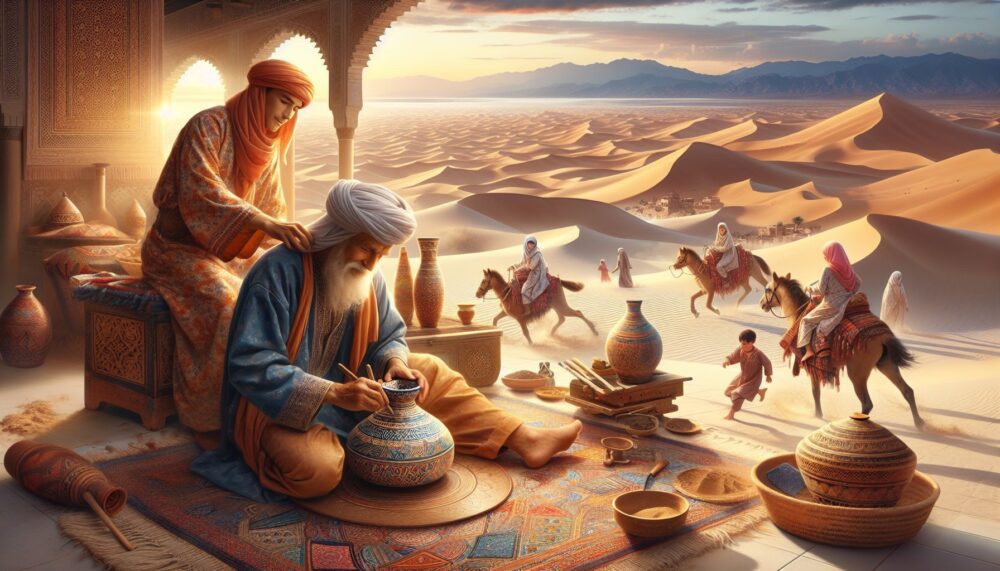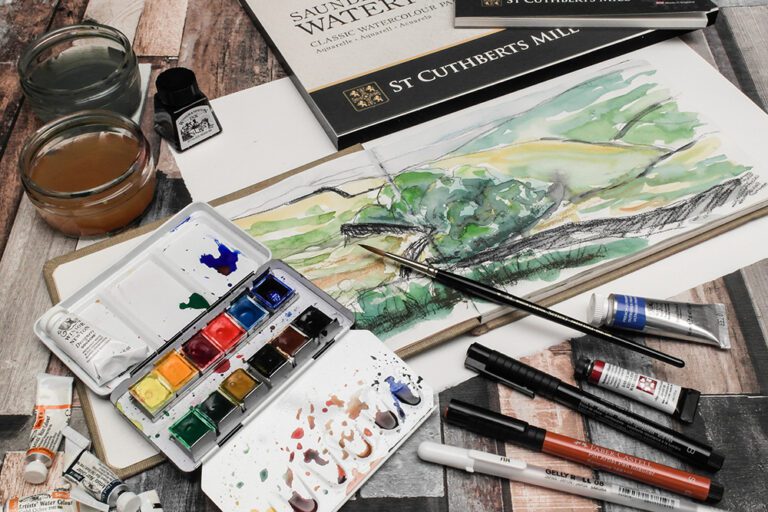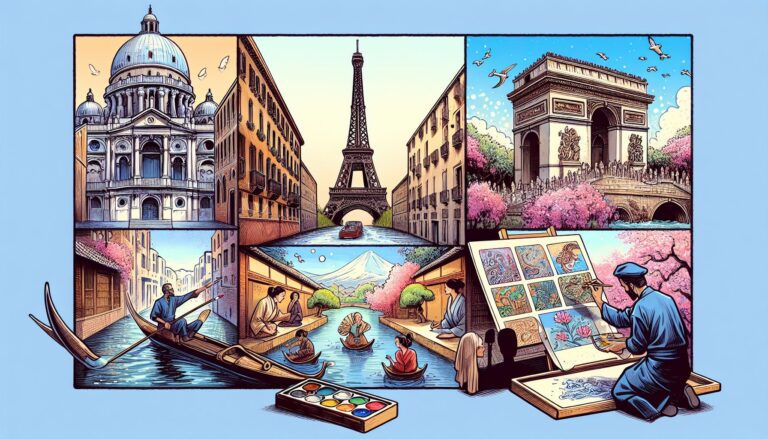Dancing with the Sands: A Journey Through the Artistic Heritage of Moroccan Craftsmanship
There is a certain romance in being worldly-wise, having an enriched view of various cultures and immersing oneself in the patterns of their unique artistry. In the realm of cultural exploration and travel, one destination stands out for its mesmerising fusion of art, heritage, and craft. A place where artistry isn’t confined to guilded galleries but spills into every home, street, and marketplace – Morocco. This article transports its readers on a journey through the bylanes of Moroccan artistry, to savor the allure of its fine craftsmanship.
Moroccan artistry may not be the most recognised worldwide, but it is a hidden gem, exhibiting an extraordinary diversity of influences. Be it from native Berber, Arab, Jewish, African, or European cultures, the facets of Moroccan art and craft reflect the rich history and cultural amalgamation of its past.
An essential part of this artistry comes alive in the famed cities of Fez, Marrakech, and Safi, popularly known for their impeccable crafting legacy. Each city echoes its own tale, with age-old fortresses enlivened by intricate plasterwork, colorful zellij mosaics, and robust carved cedarwood.
Fez, the beating cultural heart of Morocco, is renowned for its distinctive pottery. The city’s craftsmen mystify the observers by skillfully decorating their earthenware with intricate geometric designs that perfectly blend unique patterns and vibrant colours. Their mastery is so profound; each piece they craft bristles with a life of its own.
Venture to Marrakech and one is introduced to the delicate art of Zellij tilework. These are meticulously hand-chiselled ceramic tiles arranged in complex geometric patterns that embellish the walls, ceilings, and floors of Moroccan architecture. The sheer intricacy of these motifs married with their kaleidoscope of colours is enough to leave any beholder hypnotised.
Journey onwards to Safi, a city that has painted its legacy in cobalt blue and dazzling white. Known for its traditional hand-painted and hand-thrown pottery. Safi pieces are characterised by simplistic shapes, adorned with intricate designs painted in electric blue, offering a sense of serenity to their onlooker.
In niche corners of Moroccan cities, one can witness the creation of beautifully woven carpets, the Berber rugs. Crafted by the indigenous women of the Atlas Mountains, these rugs hold within their threads, precious tales of their makers’ lives, hopes, and dreams, making every carpet an intimate piece of storytelling and an artistic heritage.
From the labyrinthine souks of Marrakech to the quiet workshops in Fez, the point isn’t to merely buy; it’s to immerse oneself in the symphony of craftsmanship, to witness artisans breathing life into their creations. Each Moroccan art piece is not just an object; it’s a testament to the country’s layered history and the tenacity of its people.
The overarching beauty of Moroccan artistry lies in its ubiquity. It isn’t confined to certain establishments or restricted to the elite. It thrives in every marketplace, decorates every home, and peppers each public space. Art in Morocco isn’t an industry, it’s a way of life.
Exploring Morocco through the lens of art and craft fosters a deeper understanding of the nation’s culture, history, and traditions. Moroccan craftsmanship is an intoxicating blend of diverse influences and unique artistry that demands to be appreciated. It is a journey that dips you in hues of historic richness, creative genius, and human skill. Dancing with the sands of this land is indeed a must on every cultural connoisseur’s travel list. Venture, explore, and witness the wondrous beauty of Moroccan craftsmanship.




